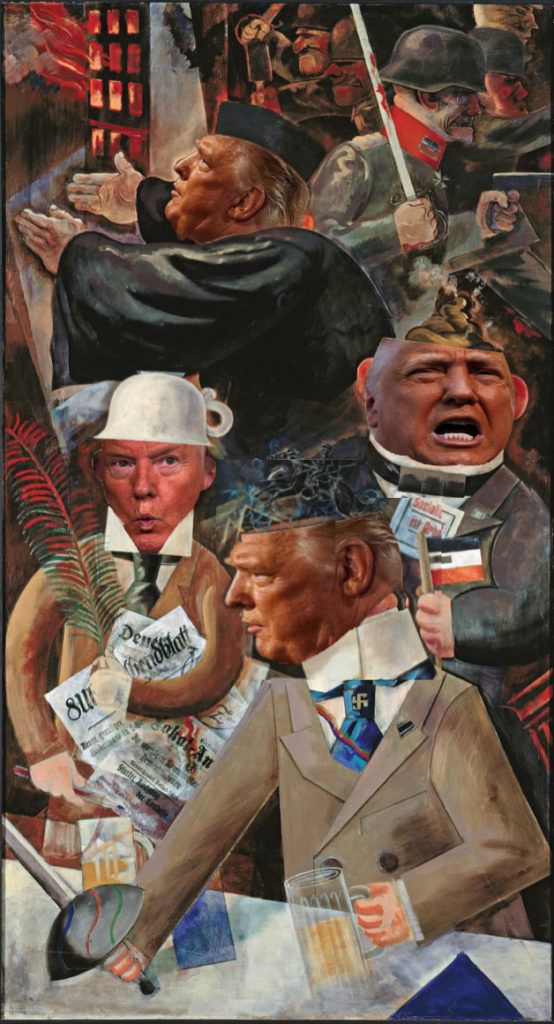
All happy liberal democracies are alike; each unhappy one is unhappy in its own way. Think of the former and you arrive at Nordic countries with universal healthcare and education, high GDPs, progressive policies for women, low GINI, widespread childcare, openness, tolerance, and low levels of corruption. Then think of the opposite: some are brutally corrupt, others merely unstable, many have high levels of inequality, while still others are oppressive of political dissent. And here we are in the late stages of the Trump presidency in America, and it remains a central question how we got here to this unhappy state. Sure, inequality is comparatively high, but corruption is only moderate to light (I know, I know, emoluments and all that, revolving doors, etc. but still, the government is not beholden to drug cartels or warlords, for instance), political dissent is mostly tolerated and condoned by the justice system, and GDP remains stubbornly high even in the face of that inequality.
So what is it, then, that is making us so unhappy? Drawing from history, some suggest a parallel model to fascism latent in Trump’s narcissism and authoritarian urges. And fascism may have roots in strong personalities who blame the problems of the nation on outsiders or others within the country. We certainly see this in dog whistles and border walls and strange antagonisms towards America’s historical allies. But fascism is also a kind of aesthetic, it is argued, that builds on a collective artistic urge by the masses to express themselves. The great leader then exploits these grievance expressions to obtain control.
But Trump’s aesthetic appeal hardly seems to rise to the level of the grand solidity of the Oympiastadion. Philistine and boorish is more the vibe. Which is where the cultic obsession among Trump’s followers becomes curious. Is it that they fear coastal elites are controlling everything, from educational opportunities to economic change? These high brow worlds are then the enemy? Do they believe that a wealthy vulgarian is understandable because they seek narcissistic authoritarians like their own parental figures rather than these technocratic and weak political compromisers that they fear are destroying the country?
But, ultimately, is this even an aesthetic or is it just a con job perpetrated by a man who built a small fortune by conning others around the edges, from Trump University to the Trump charitable foundation? Is the aesthetic merely as deep as that of a car salesman who is hustling to close the deal and to disparage rival dealerships across the boulevard?
In this case, in a normal America, it should only be a matter of time before the emperor is seen to be naked and ridiculous (Howard Dean was felled by just one weird shriek, after all). Yet the Republican party is largely expecting (and some fearful) that the performance con will continue onwards post-Trump, and will inspire new pretenders to the thrones of higher office who will leverage the same grievance engine.
So what remedies are there? Perhaps best would be a new charismatic political figure who can manage to be a center of attention but cut across the divide. The political commentariat would suggest that a roaringly successful economy during the president’s first term combined with few or no scandals or badly-handled crises would practically guarantee reelection and grudging acceptance. That’s about as conservative a formula as imaginable, at least in the old sense of the term: successful institutions, good governance, change little.
And it is the opposite of a con.